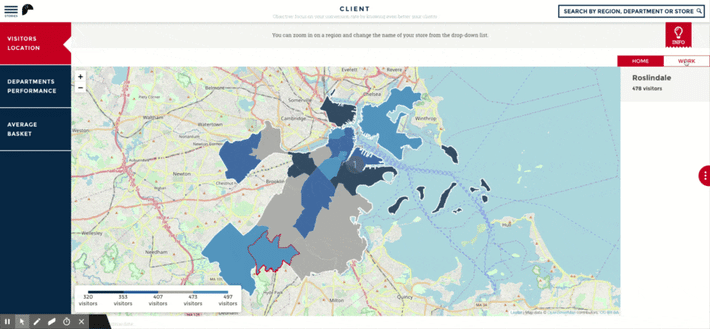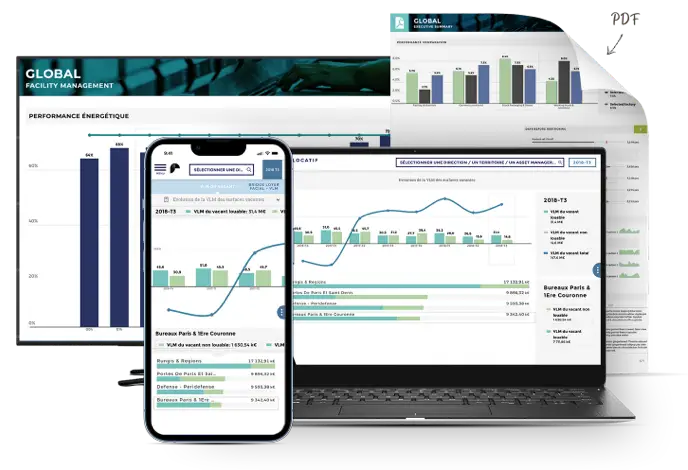Collecting data is not all when it comes to commercial reporting. Companies must find an effective way to translate and exploit them. All economic sectors and all the business units of a company are concerned. Some employees, such as sales representatives, are not trained to statistics.
Data may seem obscure and austere to them. Especially since most of the analyses provided describe the past and do not look to the future. How can they benefit from relevant and usable analyses in the field?
1. Past statistics about Commercial Reporting
Very expensive statistical studies commissioned by the management of large companies tend not to find their target. A report that is too voluminous can’t sufficiently engage readers and does not convey the information to sales representatives, who would be able to use it. There is a strong culture of intuition and interpersonal skills in these businesses, and it can sometimes be difficult to accept that raw figures can replace instinct.
Furthermore, sales teams are more interested in analyzing future results than past statistics. Knowing that 30% of sweater buyers have also bought shirts does not provide any relevant information on sweater sales next month.
2. GET TO KNOW CUSTOMERS BETTER
Does Big Data mean more volume for more relevant information? The rise of Big Data has shaken up old school methods. The sheer amount and range of data collected have made it possible to define more precise customer profiles, thus allowing for more effective interpretation. Crosschecking additional information is decisive: age, income, location, socio-professional category, etc. By getting to know their customers better, sales representatives can significantly improve their pitches and performance.
In this regard, General Motors has constructed a precise mapping of its customers according to the trip they were willing to take to reach a dealership. They have significantly reduced their expenses (especially in inadequate marketing) and increased their sales.
The opening of new points of sale is also conducted using a more strategic approach, supported by reliable information thanks to commercial reporting. In 2011 UPS, using a comprehensive analysis of its parcel and truck routes, successfully reduced the distances traveled by 85 million kilometers, thus achieving significant savings, mainly in fuel costs.
3. MOBILE DIGITAL EQUIPMENT IS AN INVALUABLE RESOURCE
Concomitantly, the sales forces of most companies are equipping themselves with mobile digital tools such as tablets. iPads are reportedly used in 95% of the United States' 500 biggest companies. This digital transition promotes the development of performance tools, such as Data Visualization, which allows non-tech savvy and non-specialists to easily interpret complex data.
Commercial reporting allows everyone to understand a graph, a visual comparison or a geographical representation at a glance. This new medium helps convey information to those who can exploit it on a daily basis.

4. NEXT LEVEL ANALYSIS: COMMERCIAL REPORTING
The well-known Harvard Business Review (HBR) asserts that these two steps were only the first versions of statistical analysis, and predict an upcoming revolution. This means even more varied, contextualized, and above all, predictive data. This next step would allow sales teams to, for instance, anticipate market developments, and prepare for a possible declining or changing demand. The challenge ahead is how businesses will use this data through commercial reporting.
The development of easy-to-use “toolboxes” for the non-tech savvy is crucial. In a personal context, each individual associates applications with a very specialized goal, such as monitoring their accounts, physical performances, or calendar. The same distribution of apps according to processes is only starting to be implemented in the professional world.
How long will it take before this phenomenon becomes widespread? There is a clear demand for APIs adapted to the various business units, but the offer is not yet sufficient to meet it.





